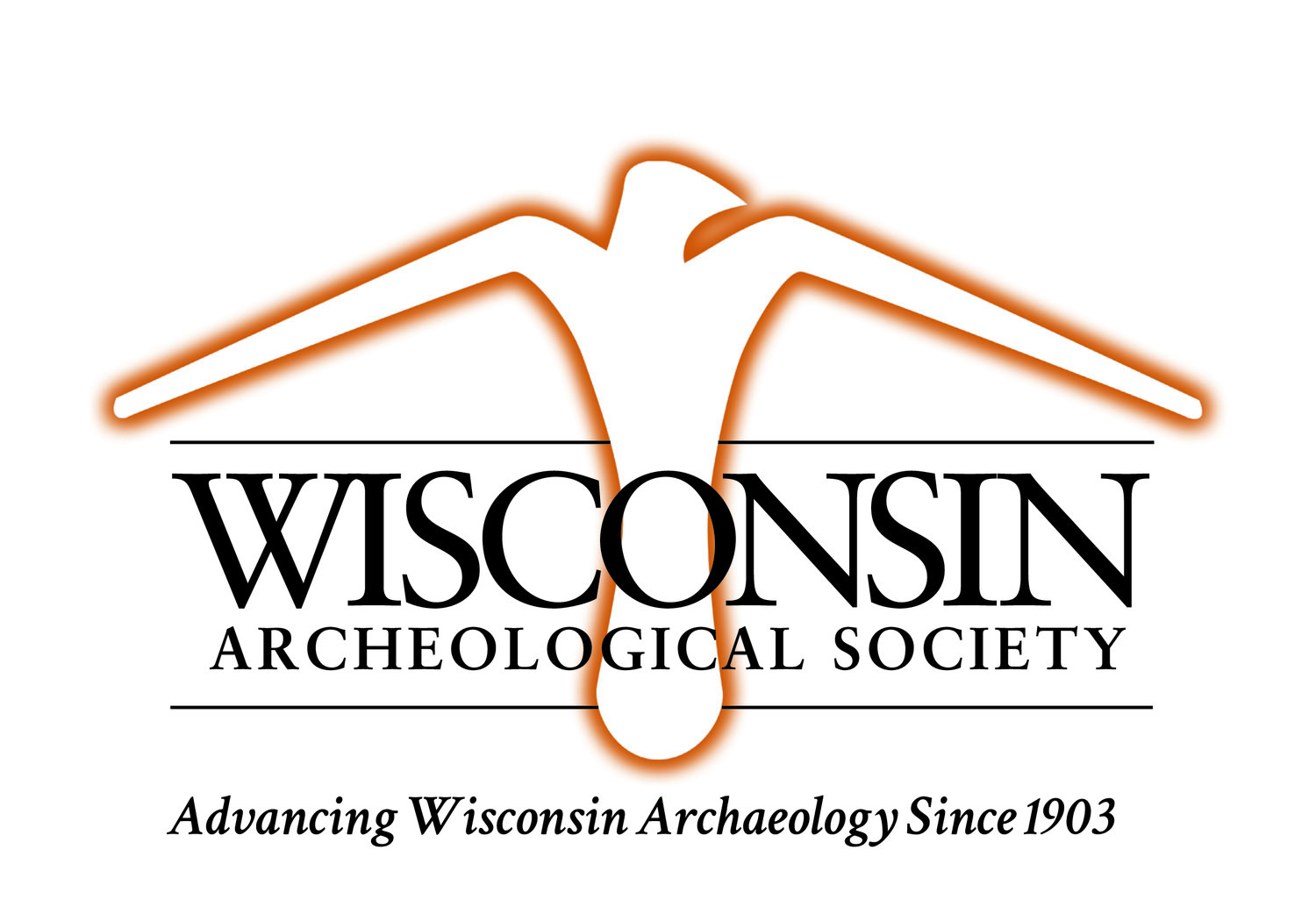The Truth Behind the Tooth: Reconstruction of the Oral Microbiome from a Historic Poor Farm Cemetery
Ashley Brennaman
Funding from the Wisconsin Archaeological Society Research Award (WASRA) is being used to support my dissertation research which focuses on the reconstruction of the historic oral microbiome using dental calculus from individuals excavated from the Milwaukee County Poor Farm Cemetery (MCPFC). More than 2,400 institutionalized, indigent, unidentified, and anatomized adults and juveniles were excavated from Cemetery 2 (c. 1880-1925) in 1991, 1992, and 2013, as the Milwaukee Regional Medical Center campus expanded. Due to multiple past disturbances, grave markers, and thus individual identity, have been lost since before the 1930s. To date, the efforts of the MCPFC Project have identified 196 excavated individuals. My dissertation will contribute new biological data to the MCPFC Project with the hopes of increasing this number.
For this project, a total of 80 calculus and 6 soil samples were collected at the UWM Archaeological Research Laboratory Center and taken to the UWM School of Freshwater Sciences for further sterilization and genetic processing. The oral microbiome for these individuals will be illustrated using two types of metagenomic analysis: amplicon and shotgun sequencing. The former amplifies strands of DNA and targets a particular gene region of the 16S gene, which is present in all bacteria, while the latter selects random DNA strands from any present microorganisms within the sample. The amplicon sequencing of the calculus and soil samples was completed using WASRA funds.
Analytical goals for this project include DNA authentication through examination of damage patterns that are characteristic of ancient/archaeological samples, use of the SourceTracker program to determine the composition (i.e. presence of oral taxa, soil/environmental taxa, exogenous/modern contamination, etc.) of the individual samples, an in-depth comparison of the sequencing methods, and the search for specific pathogens or dietary taxa that may be present in the shotgun data. Additionally, genetic analysis of grave sediment from the MCPFC will be used to investigate the degree of environmental contamination and allow for removal of non-oral taxa from the dataset, as well as possibly providing insight into the historic environment. Overall, the results of this project will create a robust dataset on oral health within a poor, immigrant community and ensure that anthropology remains a valuable contributor to the investigation of the human oral microbiome.





